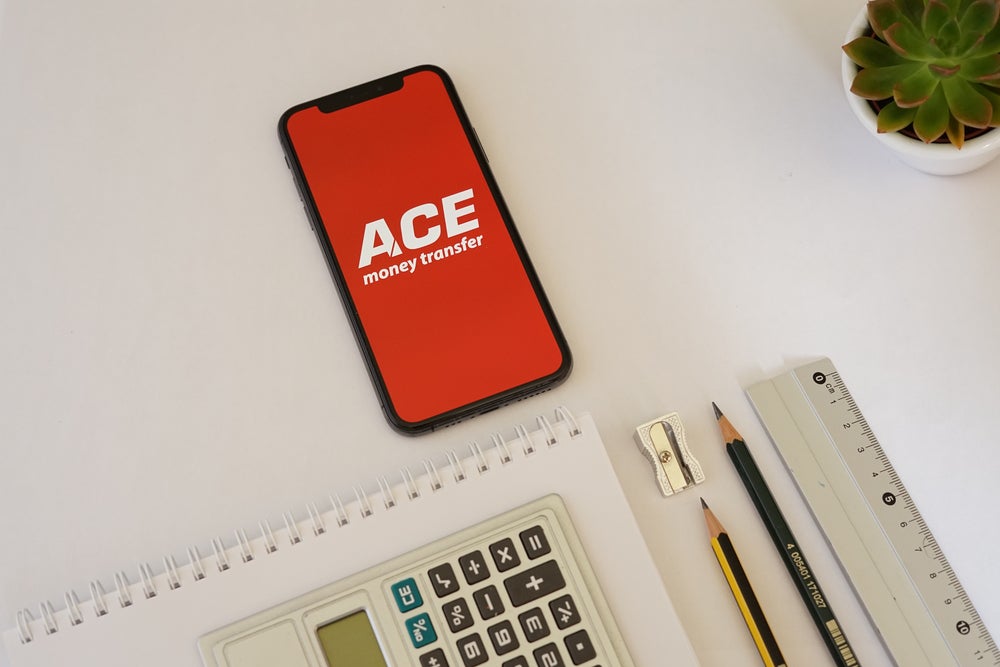Digital banks, in a short period of time, have gained quite a large amount of popularity. However, is this enough to shake off the incumbents? Are customers using digital banks for their main current account? Patrick Brusnahan reports
Competition is increasing in the UK banking sector. According to the latest State of Pay report from Vocalink, a Mastercard company, a sizable section of people are using digital players as their main current account.
Between January and June 2019, 13% of new accounts opened were at digital banks. However, 21% of current account openings were at smaller, more traditional providers, such as Nationwide and TSB, and 65% were opened at the Big Five. While it looks as if major banks still have a stronghold over the market, this is five percentage points down from 2018.
Gregor Dobbie, CEO of Vocalink, said: “After years of discussion around increasing competition in the banking sector, our latest State of Pay report suggests this is finally coming to fruition. While at present the rise in digital-only banks might be most common in urban areas and among younger generations, we expect to see this trend occurring more widely among other demographics in years to come. Many are choosing digital-only banks for the improved technology and lack of charges abroad, and it will be interesting to see how the traditional players respond to these new customer expectations.”
Age disparity
Unsurprisingly, the affection for digital banks varies depending on age. 15% of respondents aged between 25 and 34 already have an account with a digital-only bank. Furthermore, 30% of respondents aged 25 to 44 say they are considering opening a digital-only account, but haven’t yet.
Digital-only current accounts among consumers between the ages of 65 and 75 are rare. Only 3% had one and this slightly rose to 4% for the over-75s. A minute 5% of those between 65 and 75 years old would consider a digital-only current account and 82% have no considered opening one of these accounts at all.
How well do you really know your competitors?
Access the most comprehensive Company Profiles on the market, powered by GlobalData. Save hours of research. Gain competitive edge.

Thank you!
Your download email will arrive shortly
Not ready to buy yet? Download a free sample
We are confident about the unique quality of our Company Profiles. However, we want you to make the most beneficial decision for your business, so we offer a free sample that you can download by submitting the below form
By GlobalDataThe average age for a fintech current account holder is 31 years old compared to 48 years for those at incumbents. They are also twice as likely to use mobile payments (68% vs. 30%) and more likely to live in an urban area (66% vs 56%).
While a greater number of people are considering digital bank accounts than ever before, only 24% of fintech bank accounts in the UK are used as main current accounts.
According to the report: “Views expressed in our focus groups shed some light on why this is the case: the majority of participants who owned a fintech account prefer to retain their bank account with a traditional provider for activities such as receiving their salary and making larger or loan payments.
“Security is cited as one of the biggest concerns: in our focus groups, general consensus among participants was that fintech banks — being new and relatively untested — weren’t a safe repository for all their money. A few failures and some negative customer reviews have done little to alleviate their worry.”
Mobile payments
In 2017, only 69% of respondents had heard of mobile payments. That has risen to 74% in 2019.
10% of respondents paid for small everyday items with contactless smartphone technology and 8% did this in restaurants and bars. Usage has more than doubled from the 3% of respondents in 2017.
However, 54% of consumers worried that mobile payments were not secure. This rises to around two-thirds for those aged between 45 and 75.
Many were worried about the security aspect and they did not even use mobile payments. 62% of non-users had concerns over the security in mobile payments.






